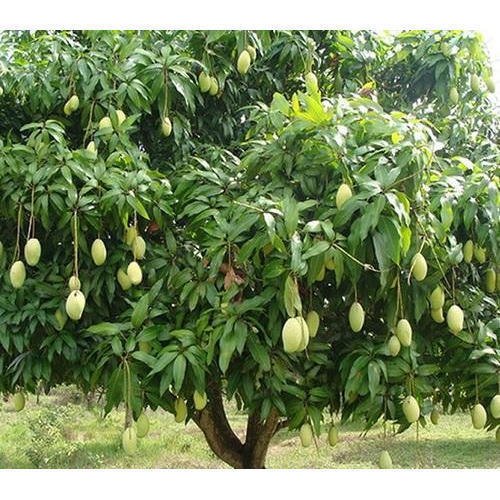"Deepawali" a row or cluster of lights" or "rows of diyas (clay lamps)"
The festival formally begins two days before the night of Diwali, and ends two days after. Five days Festival.
Each day has the following rituals and significance
<![if !supportLists]>1. <![endif]>Dhanteras: This day marks the birthday of Lakshmi – the Goddess of Wealth and Prosperity, and the birthday of Dhanvantari – the Goddess of Health and Healing. On the night of Dhanteras, diyas (lamps) are ritually kept burning all through the nights in honor of Lakshmi and Dhanvantari
<![if !supportLists]>2. <![endif]>Naraka Chaturdasi : Narak Chaturdasi is the second day of festivities, and is also called Choti Diwali. Typically, house decoration and colourful floor patterns called rangoli are made on or before Narak Chaturdasi. Special bathing rituals such a fragrant oil bath are held in some regions, followed by minor pujas. Women decorate their hands with henna designs. Families are also busy preparing homemade sweets for main Diwali
<![if !supportLists]>3. <![endif]>Lakshmi Puja : the main festive day. Lakshmi is believed to roam the earth on Diwali night. On the evening of Diwali, people open their doors and windows to welcome Lakshmi, and place diya lights on their windowsills and balcony ledges to invite her in. On this day, the mothers who work hard all year, are recognized by the family and she is seen to embody a part of Lakshmi, the good fortune and prosperity of the household
<![if !supportLists]>4. <![endif]>Padwa, Balipratipada : The day after Diwali, is celebrated as Padwa. This day ritually celebrates the love and mutual devotion between the wife and husband. The husbands give thoughtful gifts, or elaborate ones to respective spouses
<![if !supportLists]>5. <![endif]>Bhai Duj, Bhaiya Dooj : The last day of festival is called Bhai dooj (Brother’s second). It celebrates the sister-brother loving relationship, in a spirit similar to Raksha Bandhan but with different rituals. The day ritually emphasizes the love and lifelong bond between siblings. It is a day when women and girls get together, perform a puja with prayers for the wellbeing of their brothers, then return to a ritual of food-sharing, gift-giving and conversations. In historic times, this was a day in autumn when brothers would travel to meet their sisters, or bring over their sister’s family to their village homes to celebrate their sister-brother bond with the bounty of seasonal harvests.
Diwali also marks the beginning of new year, in some parts of India, where the Hindu Vikram Samvat calendar is popular. Merchants and shopkeepers close out their old year, and start a new fiscal year with blessings from Lakshmi and other deities.
Reasons for Celebrating “Deepawali” a row or cluster of lights” or “rows of diyas (clay lamps)”.
1.Goddess Lakshmi’s Birthday: The Goddess of wealth, Lakshmi incarnated on the new moon day (amaavasyaa) of the Kartik month during the churning of the ocean (samudra-manthan), hence the association of Diwali with Lakshmi.
2. Vishnu Rescued Lakshmi: On this very day (Diwali day), Lord Vishnu in his fifth incarnation as Vaman-avtaara rescued Lakshmi from the prison of King Bali and this is another reason of worshipping Ma Larkshmi on Diwali.
3. Krishna Killed Narakaasur: On the day preceding Diwali, Lord Krishna killed the demon king Narakaasur and rescued 16,000 women from his captivity. The celebration of this freedom went on for two days including the Diwali day as a victory festival.
4. The Return of the Pandavas: According to the great epic ‘Mahabharata’, it was ‘Kartik Amavashya’ when the Pandavas appeared from their 12 years of banishment as a result of their defeat in the hands of the Kauravas at the game of dice (gambling). The subjects who loved the Pandavas celebrated the day by lighting the earthen lamps.
5. The Victory of Rama: According to the epic ‘Ramayana’, it was the new moon day of Kartik when Lord Ram, Ma Sita and Lakshman returned to Ayodhya after vanquishing Ravana and conquering Lanka. The citizens of Ayodhya decorated the entire city with the earthen lamps and illuminated it like never before.
6. Coronation of Vikramaditya: One of the greatest Hindu King Vikramaditya was coroneted on the Diwali day, hence Diwali became a historical event as well.
7. Special Day for the Arya Samaj: It was the new moon day of Kartik (Diwali day) when Maharshi Dayananda, one of the greatest reformers of Hinduism and the founder of Arya Samaj attained his nirvana.
8. Special Day for the Jains: Mahavir Tirthankar, considered to be the founder of modern Jainism also attained his nirvana on Diwali day.
9. Special Day for the Sikhs: The third Sikh Guru Amar Das institutionalized Diwali as a Red-Letter Day when all Sikhs would gather to receive the Gurus blessings. In 1577, the foundation stone of the Golden Temple at Amritsar was laid on Diwali. In 1619, the sixth Sikh Guru Hargobind, who was held by the Mughal Emperor Jahengir, was released from the Gwalior fort along with 52 kings.
10. The Pope’s Diwali Speech: In 1999, Pope John Paul II performed a special Eucharist in an Indian church where the altar was decorated with Diwali lamps, the Pope had a ‘tilak’ marked on his forehead and his speech was bristled with references to the festival of light.
And
Festival of peace
On this festive occasion, Hindu, Jain and Sikh communities also mark charitable causes, kindness, and for peace. For example, at the international border, every year on Diwali, Indian forces approach Pakistani forces and offer traditional Indian sweets on the occasion of Diwali. The Pakistani soldiers anticipating the gesture, return the goodwill with an assortment of Pakistani sweet

Comments
Post a Comment